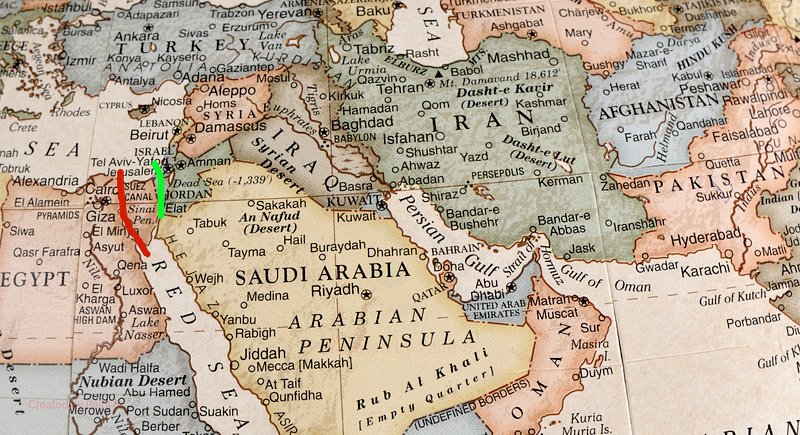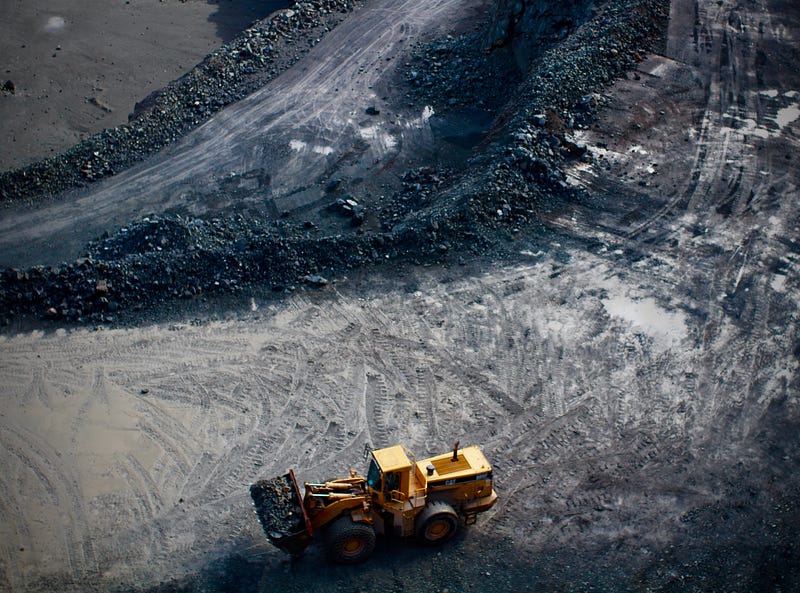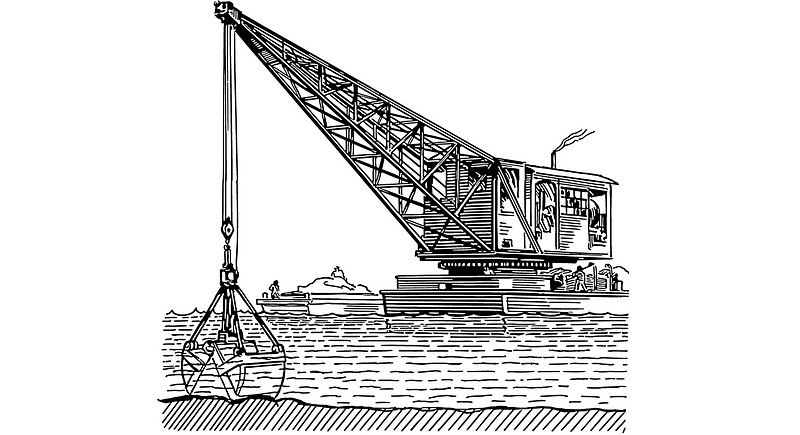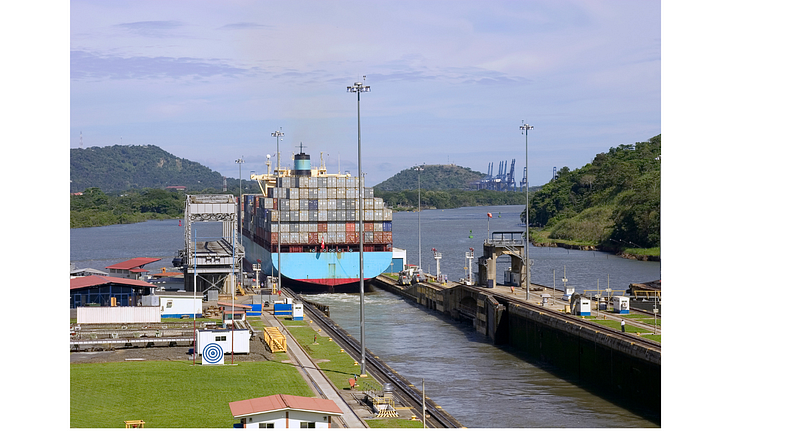Israel's Ambitious Plan: A New Canal to Rival the Suez
Written on
A Brief Overview of the Suez Canal
The Suez Canal is an artificial waterway that links the Mediterranean Sea with the Red Sea, serving as a vital shortcut for maritime trade between Europe and Asia. This ambitious engineering endeavor took over a decade to finish and required the labor of tens of thousands of workers.
In 1854, Ferdinand de Lesseps, a French engineer, received authorization from the Egyptian authorities to build a canal across the Isthmus of Suez. Working alongside a skilled team of engineers and surveyors, de Lesseps meticulously planned the canal’s route and designed essential structures like locks.
Construction commenced in 1859, employing thousands of laborers from Egypt and beyond to excavate the channel. They utilized hand tools such as shovels and picks, along with steam-powered dredges to remove vast quantities of sand and rock. Once excavated, the canal's walls were reinforced with concrete and stone to prevent erosion.
To facilitate the passage of ships, a series of locks were established to raise and lower vessels traveling between the Mediterranean and Red Seas. Additionally, a lighthouse was constructed for nighttime navigation, and a telegraph line was installed for communication along the canal.
The Suez Canal was inaugurated in November 1869 to much celebration, instantly transforming maritime travel by significantly shortening the distance between Europe and Asia and boosting the economies of Egypt and neighboring nations. Today, it stands as a key artery for global trade, handling millions of tons of cargo annually.
Israel's Proposed Project

Israel is now proposing an alternative to the Suez Canal, envisioning a project that connects the Mediterranean Sea to the Red Sea, known as the Ben Gurion Canal. Previous initiatives, such as the "Red-Dead Canal" or the "Red Sea — Dead Sea Water Conveyance Project," aimed to link the Red Sea with the Dead Sea. However, these plans overlooked the geographical challenge posed by the Dead Sea's position as the lowest point on Earth.
The new proposal presents several advantages. It aims to allow ships to navigate in both directions via two separate canals, addressing size restrictions that the Suez Canal imposes on larger vessels. Initially slated to begin in 2021, Israel announced the commencement of the project in November 2022, with an anticipated completion timeframe of approximately five years.
The Engineering Aspects of Canal Construction
As with any major undertaking, the development of canals requires thorough planning and surveying.
Excavation

Excavation involves removing earth and rock to create a water channel. For the Suez Canal, a mix of manual labor and steam-powered machinery was deployed to achieve this feat. Following excavation, water is typically sourced from nearby reservoirs or streams.
Dredging

Dredging is performed to enhance the canal's depth and width. This operation employs specialized machines called dredgers to eliminate sediment and debris, ensuring that the waterway remains navigable for vessels. Beyond depth enhancement, dredging may also facilitate the construction of pipelines or other structures beneath the water's surface.
Locks, Dams, and Gates

Depending on the landscape, locks and gates are erected to regulate water levels and flow. A typical lock chamber is built from bricks, stone, and metal to hold water, with gates that open or close based on the vessel's movement between different elevations. Notably, the Suez Canal was constructed at sea level, eliminating the need for locks.
Future Considerations

Man-made canals are increasingly viewed as strategic solutions for shortening transportation times and reducing costs. They represent a significant achievement in human ingenuity and engineering prowess. However, as seawater desalination technologies improve, one must ponder whether more man-made canals could be the answer for drought-stricken regions, or if such ventures remain economically unfeasible.
Chapter 2: Videos on Israel's Canal Project
This video explores Israel's ambitious plan to construct a canal that could reshape global trade dynamics.
Another insightful video detailing the implications of Israel's canal project and its potential impact on regional and global trade.